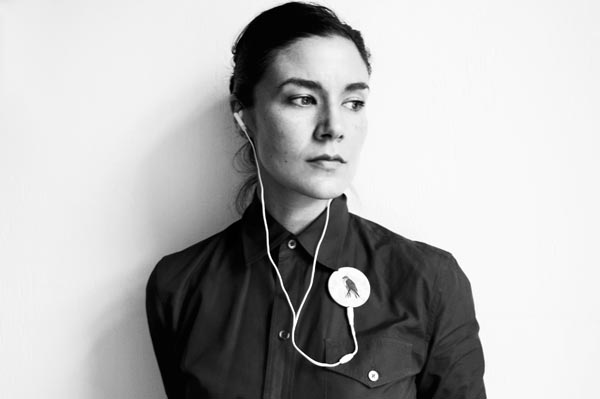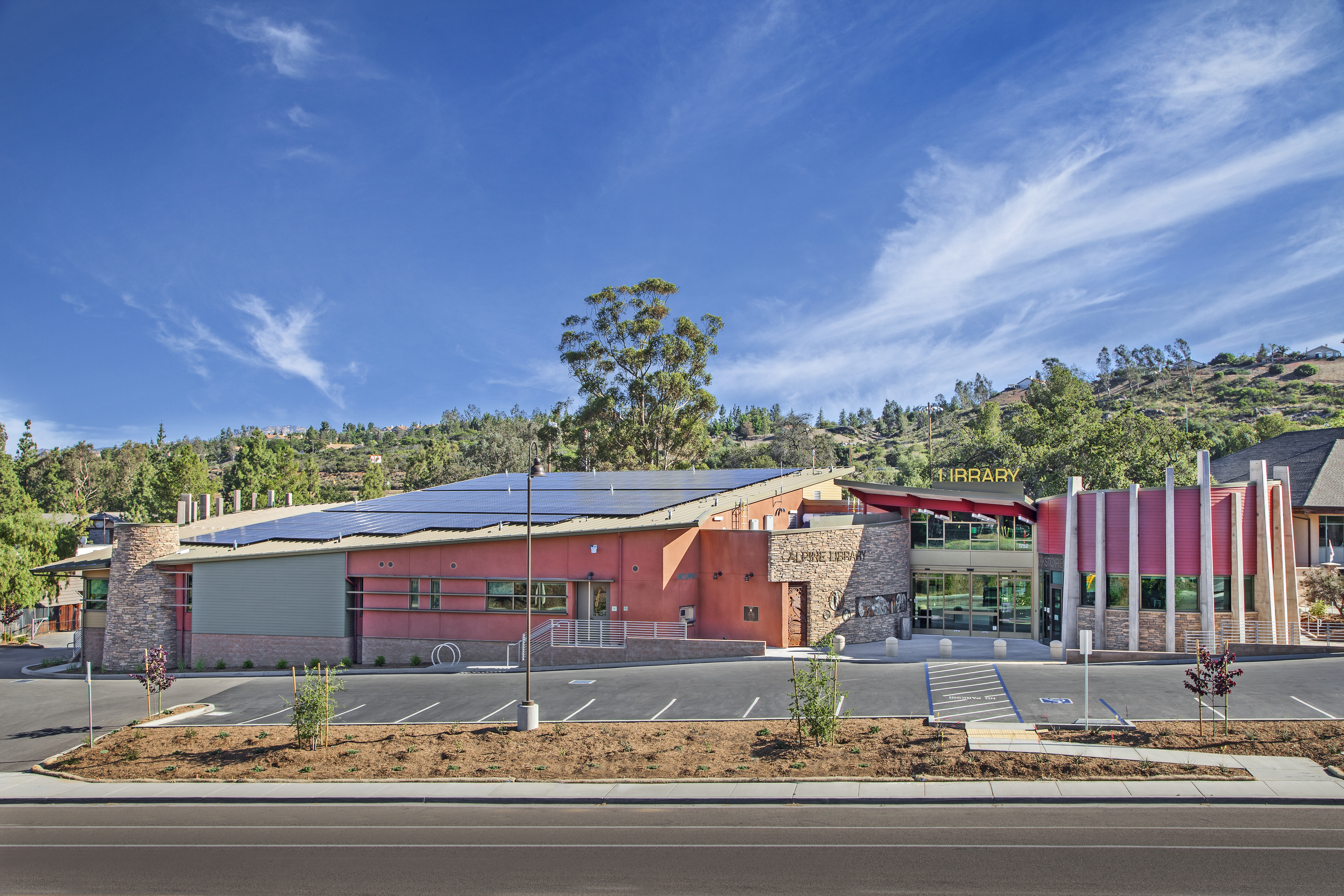Daily Business Report-Sept. 24, 2015
Qualcomm’s Snapdragon Flight
Qualcomm Takes Aim at
Consumer Drone Market
eWeek
Qualcomm officials want to bring their company’s expertise in mobile chips to the burgeoning consumer drone market.
Earlier this month, the company unveiled the Qualcomm Snapdragon Flight, which brings together all the mobile functionality needed by the unmanned flying vehicles—not only the processing power, but also technologies for everything from navigation and 4K video to cameras and various sensors –onto a single 58mm-by-40mm board.
Qualcomm is the world’s top supplier of mobile processors for smartphones, and like other chip makers has spent years putting the various components needed for such devices — including the CPU, graphics technology and digital signal processor (DSP)—onto a single system-on-a-chip (SoC). Company officials saw the opportunity to do the same thing for drones, which currently use a collection of off-the-shelf components from multiple vendors to perform such functions as wireless connectivity, GPS and navigation, according to Raj Talluri, senior vice president of product management at Qualcomm.
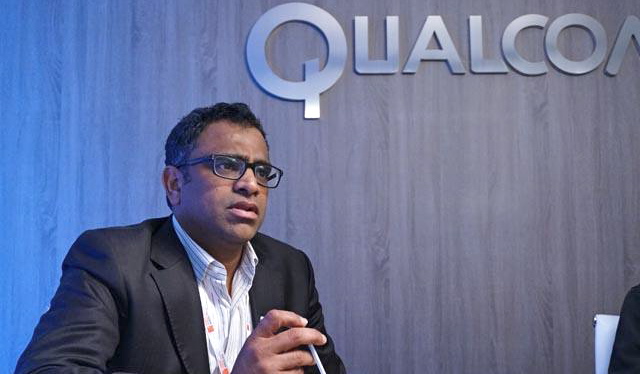
Using these multiple components adds more bulk to the drones and drives up the cost of the machines.
“The Qualcomm Snapdragon Flight brings together the technologies that have defined the mobile industry onto a single board, enabling OEMs to build drones that are lighter, smaller, easy to use and affordable with long battery life and superior functionalities,” Talluri said in a statement.
The Snapdragon Flight module is based on the company’s ARM-based Snapdragon 801 processor, which is found in many smartphones sold around the world. The chip includes a 2.26GHz quad-core Krait CPU from Qualcomm, the company’s Adreno 330 GPU and Hexagon DSP, which drives the real-time flight control capabilities. There also is a dedicated video encode engine and dual image-signal processors (ISPs), which help with such functionality as obstacle avoidance and video stabilization, according to company officials.
The module comes with support for 4K high-resolution camera capabilities, image enhancement and video processing features. The module also offers Qualcomm’s Quick Charge technology for fast battery charging between video and picture sessions.
Bringing all these capabilities onto a single module will enable manufacturers to design and build consumer drones that are smaller, more efficient and less expensive than current machines, according to Qualcomm officials.
The interest in drones in both the consumer and commercial markets has skyrocketed over the past few years. In the consumer space, 4K video is helping fuel that interest, according to Talluri.
“Drones are enabling a broad range of applications, such as aerial photography, the ultimate selfie accessory and sports filming, so the ability to shoot in 4K is a must-have feature,” he said.
_________________________________________________
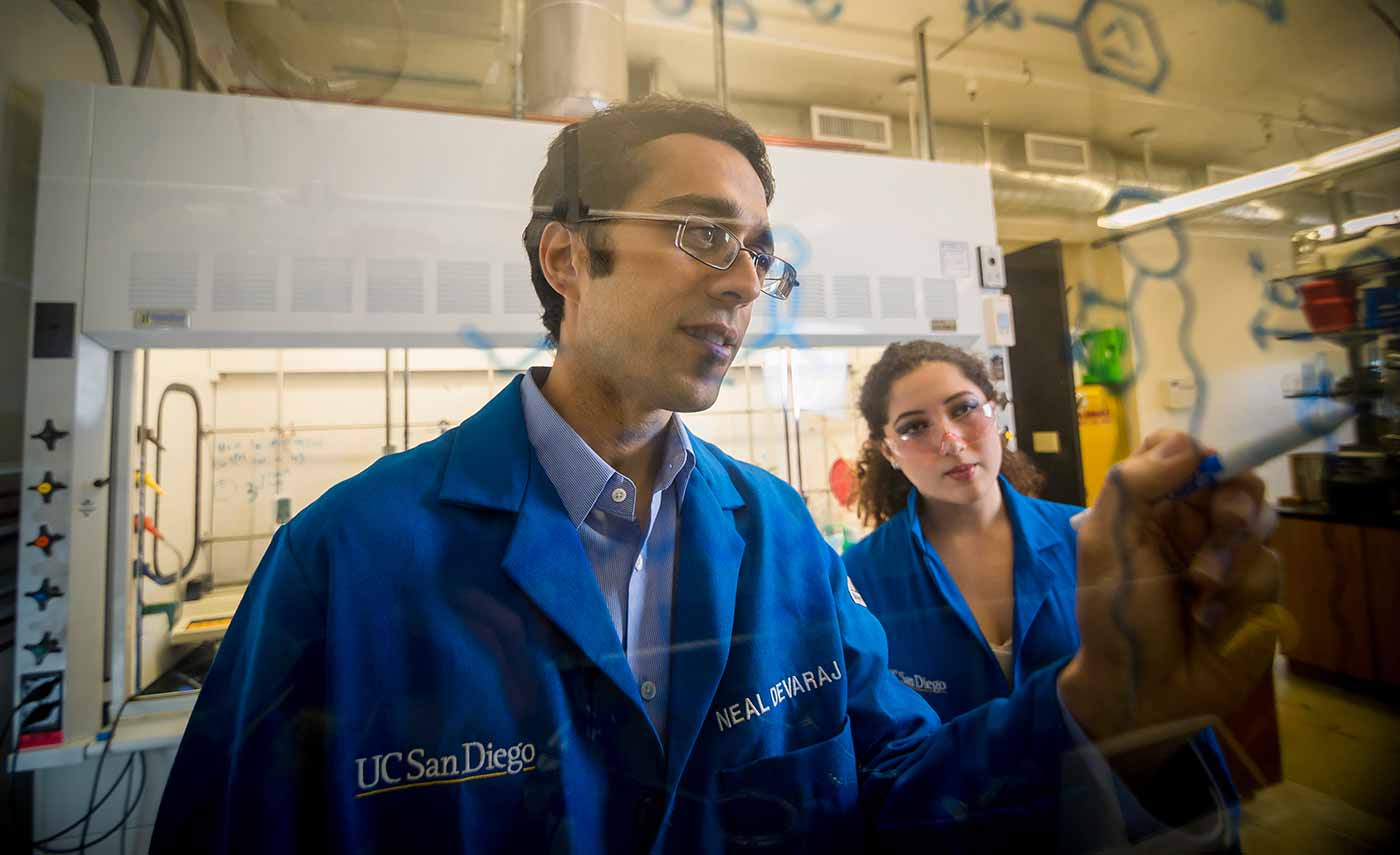
UC San Diego Raises $177.5 Million
To Break Campus Fundraising Record
UC San Diego reports a record-breaking year of private support for the campus. The university raised 20 percent more during fiscal year 2014-15 compared to the previous year, with over 43,000 gifts and grants totaling $177.5 million.
In addition to the reported annual totals, UC San Diego received a commitment for $100 million from Evelyn and Ernest Rady that will create an endowment to benefit the Rady School of Management.
UC San Diego Health Sciences was the beneficiary of 56 percent of the total dollars raised, generating $99.1 million in private support. Of this amount, over $20 million in gifts were designated to support Jacobs Medical Center, including $2.75 million from an anonymous donor, $1.25 million from Ellen and Ingram Chodorow and $1 million from the Preuss Family Foundation. The new facility, the largest hospital project in Southern California, will add 245 private beds to support highly specialized services for women and infants, advanced surgery and cancer care. Jacobs Medical Center is part of the university’s investment in the future of health care for the entire region, and it will advance UC San Diego’s goal of enriching human life and society.
During the 2014-15 fiscal year, donors designated the largest amount of funding to research, with $87.8 million given for this purpose. Glaucoma research received a boost with two grants totaling $1.5 million from the Glaucoma Research Foundation to the UC San Diego Donald P. and Darlene V. Shiley Eye Institute, which encompasses the Shiley Eye Center, the Anne F. and Abraham Ratner Children’s Eye Center, the Hamilton Glaucoma Center and the Joan and Irwin Jacobs Retina Center.
Circulate San Diego Calls on City
To Reject SANDAG Transportation Plan
City News Service
Transit and environmental activists called Monday for San Diego officials to reject a $204 billion regional transportation plan that they contend will undermine one of the main goals of the city’s climate action plan.
The transportation plan from the San Diego Association of Goverments, the regional planning agency, spells out the various transportation projects that will be funded through 2050.
The leaders of Circulate San Diego, which advocates for alternative transportation methods, and Climate Action Campaign, which seeks strong measures against climate change, claim the SANDAG plan will get only 15 percent of commuters out of their cars and into other forms of transportation.
The city’s climate action plan sets a goal of having 50 percent of commuters go to work via public transportation, bicycles or walking by 2035, if such options are available nearby.
Colin Parent of Circulate San Diego said the success of the city initiative was dependent on the regional transportation plan. He and Nicole Capretz of the Climate Action Campaign called on Mayor Kevin Faulconer and Councilman Todd Gloria, who sit on the SANDAG Board of Directors, to reject the regional plan.
San Diego Convention Center
Occupancy Highest Since 2008
Times of San Diego
The San Diego Convention Center had an occupancy rate of 68 percent during the fiscal year ended June 30, the highest level since 2008, according to a report to be presented to the City Council’s Economic Development Committee.
The rate compared to a national average of 44 percent, according to the report, which will be presented by officials with the San Diego Convention Center Corp. and San Diego Tourism Authority.
The fiscal year was the third in a row with an occupancy increase.
The report also says the 172 events at the convention center had a regional economic impact of more than $1 billion, generated almost $21 million in hotel room taxes and nearly 691,000 hotel room nights. More than 808,000 attendees spent $624.7 million during the year, the report says.
The five events with the biggest economic bangs, according to the report, were:
• Comic-Con International almost $136 million
• Cisco Live, $70.3 million
• ESRI, over $50 million
• The National Safety Council, $44.4 million
• The American College of Cardiology, just over $42 million.
ResMed and Teach for America-San Diego
Launch Innovation Consortium for Education
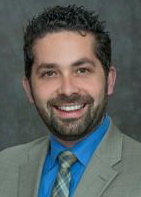
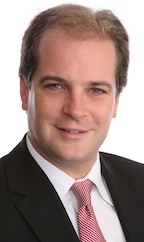
ResMed, a San Diego company that develops products for breathing and sleep disorders, has signed on to be the first participant in Teach For America — San Diego’s new Innovation Consortium for Education. The consortium aims to recruit talented science, technology, engineering, and math (STEM) teachers for under-resourced schools and prepare low-income students for the STEM jobs that dominate the local economy.
Through a five-year $150,000 investment by the Farrell Family Foundation, ResMed is the first partner to work with the Innovation Consortium for Education, whose aim is to close the opportunity gap that leaves too many students of color unprepared for STEM careers, resulting in unfilled jobs, high recruitment costs, and lack of diversity among San Diego businesses.
Nearly 60 percent of San Diego students are low-income, and their math test scores lag significantly behind their mid- to high-income peers, according to David Lopez, executive director of Teach for America-San Diego. By the time these students reach college age, the discrepancy is consequential for the San Diego job market. Just 1 percent of low-income students complete a STEM degree that is required for entry-level jobs in many San Diego-based companies, said Lopez.
“A quality education is fundamental to every child’s development. At ResMed, we believe that the strong foundation a child builds while studying science, technology, engineering, and mathematics gives her an edge that is almost a necessity in the 21st century,” said Mick Farrell, CEO of ResMed. “Innovative companies like ResMed are looking for creative thinkers who constantly challenge themselves to do everything better than the day before.”
Sarah Snook earned a double major in political science and urban planning at UC San Diego, and is teaching seventh grade science at San Ysidro Middle School, a mile from the Mexico border. She was a college mentor at Gompers Preparatory Academy before joining Teach For America–San Diego. “San Diego is a big engineering and bio-tech hub, but that’s not what San Diego looks like for a lot of people,” Snook said. “The biggest thing I’m trying to do in my classroom is to make that hub a part of my students’ San Diego as well, to connect the engineering and science world to their communities and see that careers there are attainable.”
UC San Diego Library Acquires
Papers of Filmmaker Paul Espinosa
The UC San Diego Library has acquired the papers of Paul Espinosa, an award-winning independent filmmaker well known for his documentary and dramatic films focused on the U.S.-Mexican border region, which helped to increase awareness about a host of immigration and cross-cultural issues.
Espinosa, who has been the recipient of eight Emmy Awards for his films, recently retired from Arizona State University, where he was on the faculty at the School of Transborder Studies. He continues to make films through his company, Espinosa Productions, now located in San Diego.
The Library will be celebrating the acquisition of Espinosa’s archive with a Fall film series, beginning with an opening reception on Oct. 10 in Geisel Library, and film screenings on Oct. 23 at the University’s Cross Cultural Center, Nov. 4 at the Digital Gym Cinema in North Park, and Nov. 10 at the Museum of Photographic Arts (MOPA) All events are free and open to the public.
“We are honored to have acquired Paul Espinosa’s papers, which will be widely used on this campus,” said Brian E. C. Schottlaender, The Audrey Geisel University Librarian at UC San Diego. “Our Library collections have particular strengths on California and Baja California history, as well as on Chicano culture and activism. The Espinosa Papers will certainly strengthen and complement these materials.”
According to Lynda Claassen, the Library’s director of Special Collections & Archives, Espinosa’s papers are rich, diverse, and plentiful. The materials include approximately 200 linear feet (200 boxes) documenting Espinosa’s more than 35 years of filmmaking, including interviews, research materials, photos, and correspondence, as well as films scripts, DVD’s, and video.
“As a longtime resident of San Diego, where so much of my professional work was created, I was delighted that my papers found a home at UC San Diego, where scholars will have access to this extensive archive for decades to come,” said Espinosa.”
Personnel Announcements
Cristina Lopez Joins Cavignac & Associates
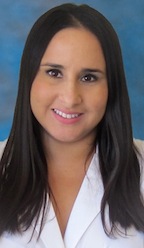
Cavignac & Associates has hired Cristina Lopez to serve as account administrator within the agency’s Employee Benefits Department. Lopez will assist the agency’s account managers with daily activities related to client benefit offerings, and will assist with the completion of Request for Proposals and prepare quotations for new or renewal coverage.
Lopez previously was director of sales and operations for MediExcel Health Plan in Chula Vista, where she handled sales and daily activity for a start-up cross-border health plan. Previous job experience includes serving as community affairs manager for Monarch School in San Diego, where she was employed for more than four years.
Lopez graduated from the University of San Diego with a bachelor’s degree/
Aaron Guy Named Associate Dean at CSUSM
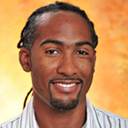
Aaron Guy has been appointed associate dean of extended learning at California State University San Marcos. He joined the university on Sept. 21. Aaron will be responsible for EL program development and ensuring that the numerous credit and non-credit classes and programs being offered are relevant in today’s market and correspond to regional workforce needs and trends.
Guy came to the United States as an international student from Trinidad to attend Morgan State University where he earned his bachelor’s degree in Information Systems and Sciences. He completed an MBA at the University of Baltimore. Before transitioning to CSUSM, Aaron was the associate director at the Center for Professional Studies at Towson University where he worked on course and program development.


